USB to Serial 16 Port RS-232 Compact Adapter Two Octopus Cables
Rugged, compact 16 for USB to serial
Get a lot of serial connection out of this compact and rugged adapter! Each COM port can be assigned an individual COM port number to support your RS232 applications.
- Adds sixteen industrial RS-232 serial ports by connecting to a USB port
- Installed as standard Windows COM port
- SECC metal chassis with DIN rail bracket
- 128 byte transmit FIFO & 384 byte receive FIFO
$417.95
Out of stock
Model No. USB2-16COM-M-CBL
Description
USB to Serial 16 Port Rugged Industrial grade USB to Serial Adapter
This compact USB to serial adapter is a 16-Port DIN Rail mountable metal case that enables a large amount of serial ports to be added to your System! Each COM port can be individually configured for a unique COM port number as needed for your applications.
The USB to serial adapter hosts the Octopus cable leading to 16 new serial ports with DB-9 Male connectors.
16-Port Serial Adapter Features
- Adds sixteen industrial RS-232 serial ports by connecting to a USB port
- Compact size box can be mounted to DIN rail conveniently
- Two octopus cable fanning out to 16 DB9 serial ports
- Installed as standard Windows COM port
- SECC metal chassis with DIN rail bracket
- Hardware/software flow control
Technical Details
- RS-232 data signals: TxD, RxD, RTS, CTS, DSR, DTR, DCD, GND
- High speed serial port with the baud rate up to 921.6K bps
- 128 byte transmit FIFO & 384 byte receive FIFO
- Non-standard baud rates supported
- LEDs of Power, TxD and RxD for easy port monitoring and diagnostics
- Serial port protected with surge protection of 10KV
- Terminal power adapter of 12V, 1A provided
- Easy plug and play installation and RS-232 device connection
- COM port number assigned can be changed to any COM port number required
- Works with USB 1.1 & 2.0 host port
OS Support
Supports Windows 10, Windows 8, Windows 7, Vista, 2003, XP, 2000 and Linux
Specifications
Product Specifications
| Compliance |
| ||||||||||
|---|---|---|---|---|---|---|---|---|---|---|---|
| Physical Characteristics |
| ||||||||||
| Serial Attributes |
| ||||||||||
| Software |
| ||||||||||
| Hardware |
| ||||||||||
| Other Data |
|
Support
Product Documentation & Drivers
Need drawings, CAD files, or other compliance documentation? Click HERE
Reviews (0)
Be the first to review “USB to Serial 16 Port RS-232 Compact Adapter Two Octopus Cables” Cancel reply
Related products
Model# USBG-2COM-PRO
$192.95Out of stock
Model# USBG-RS232-F36
$27.95Out of stock
Model# SSX-35SB
$54.95In stock
Model# CG-4X232
Out of stock
Model# CG-2SCBH
$87.95Out of stock
Model# SG-PCIE4S422485OCT
$197.95Out of stock
Model# USB-16COMi-M
$583.95Out of stock
Model# CG-2X232
$54.95Out of stock








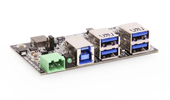












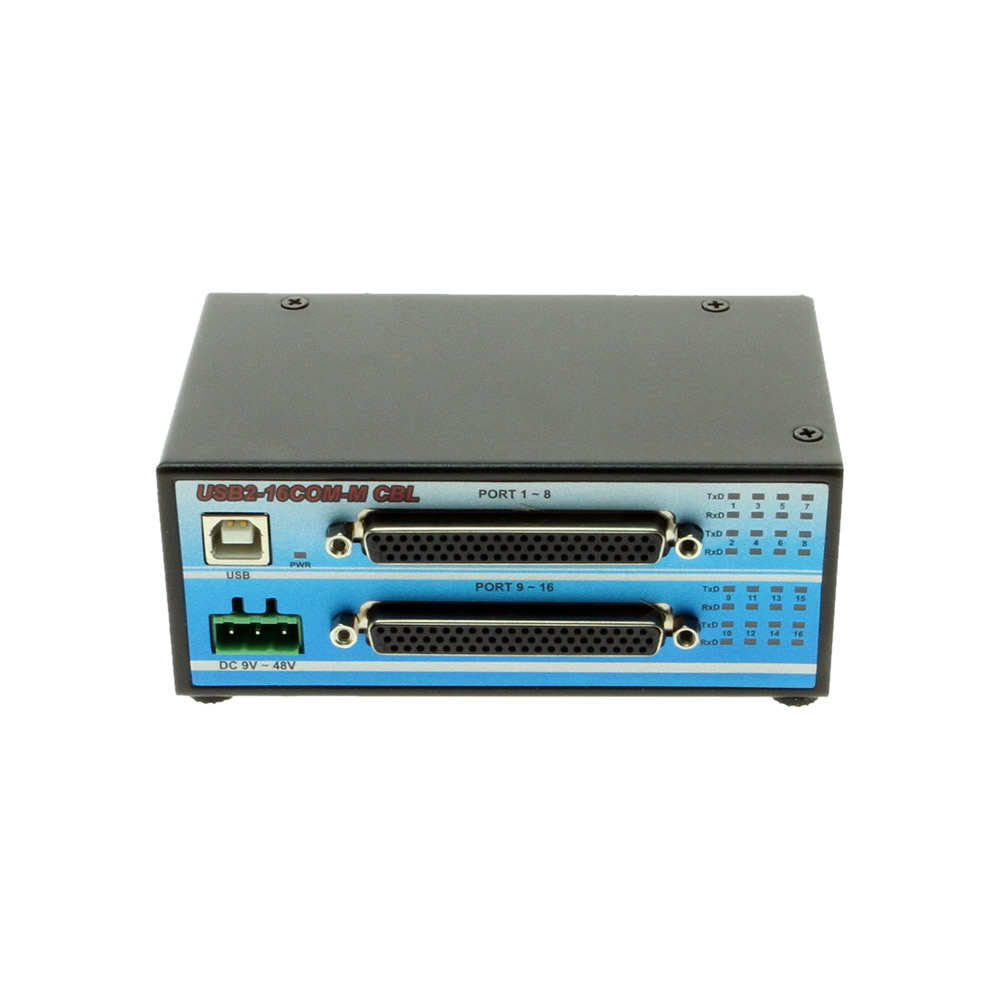
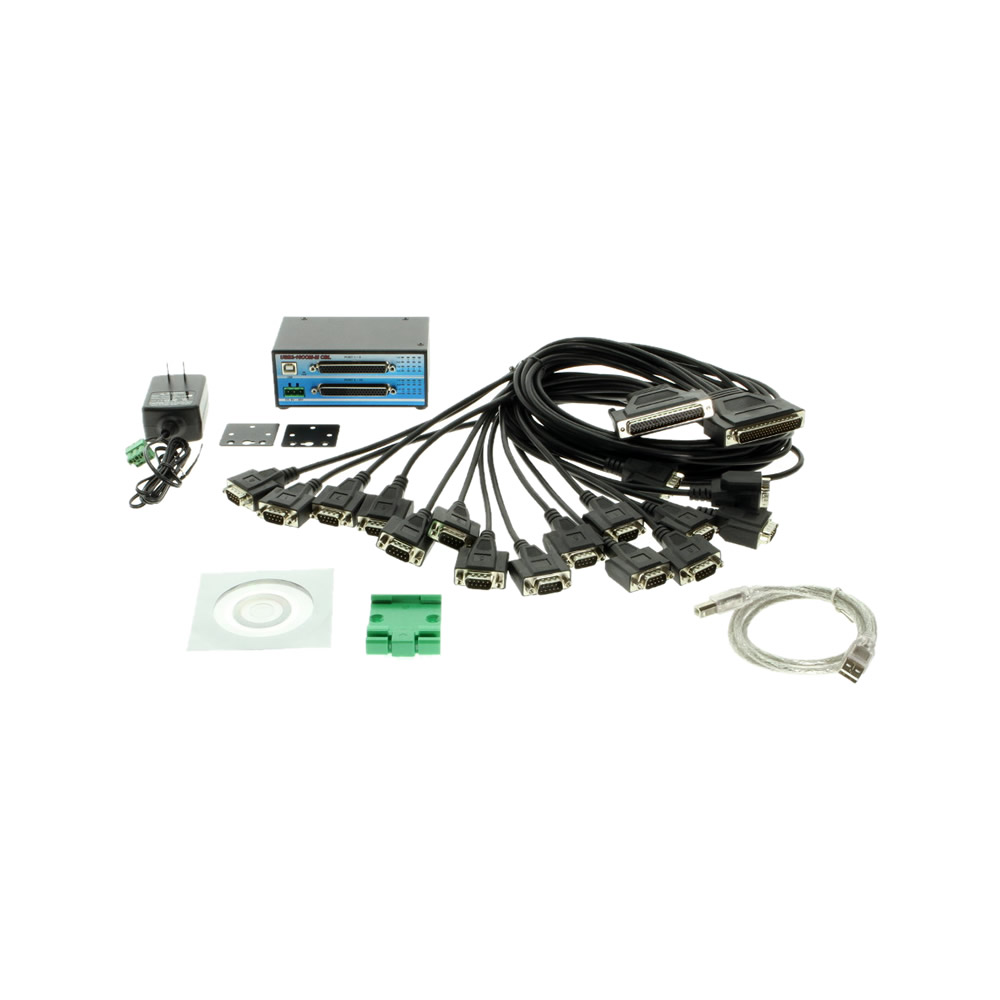
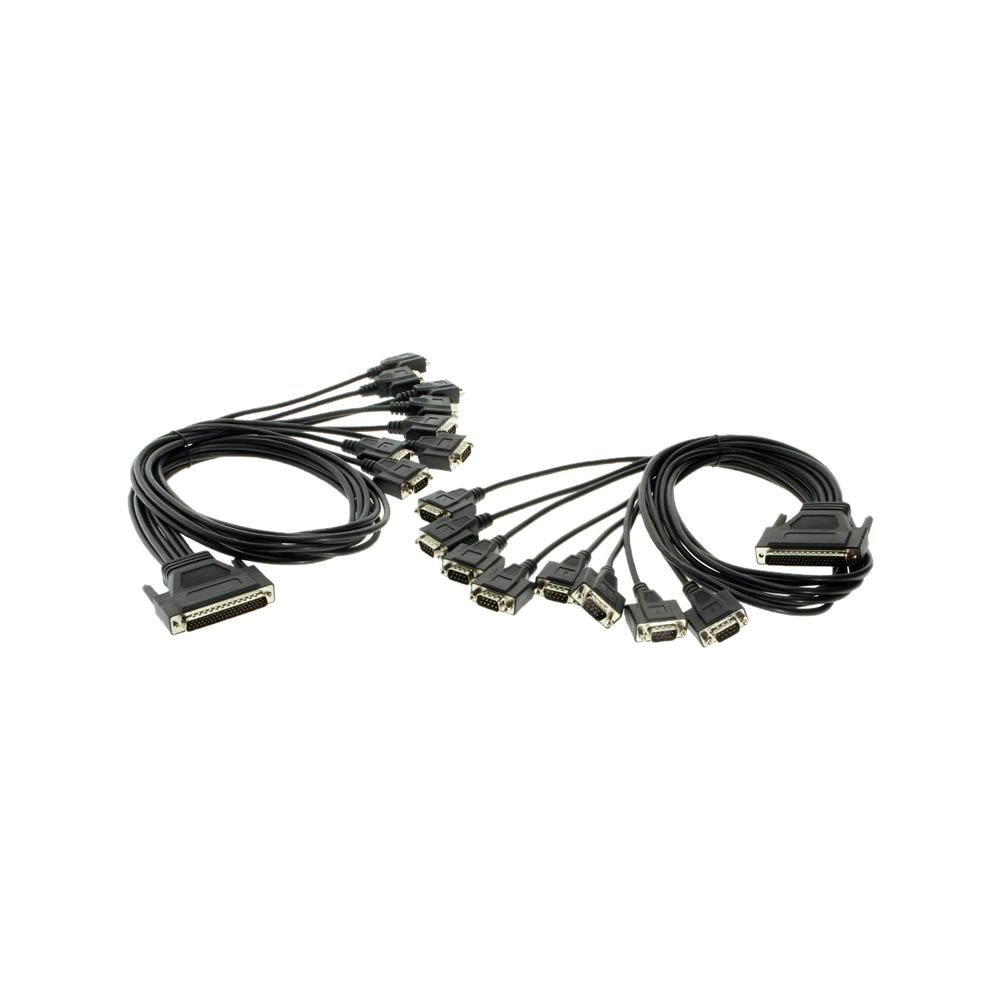
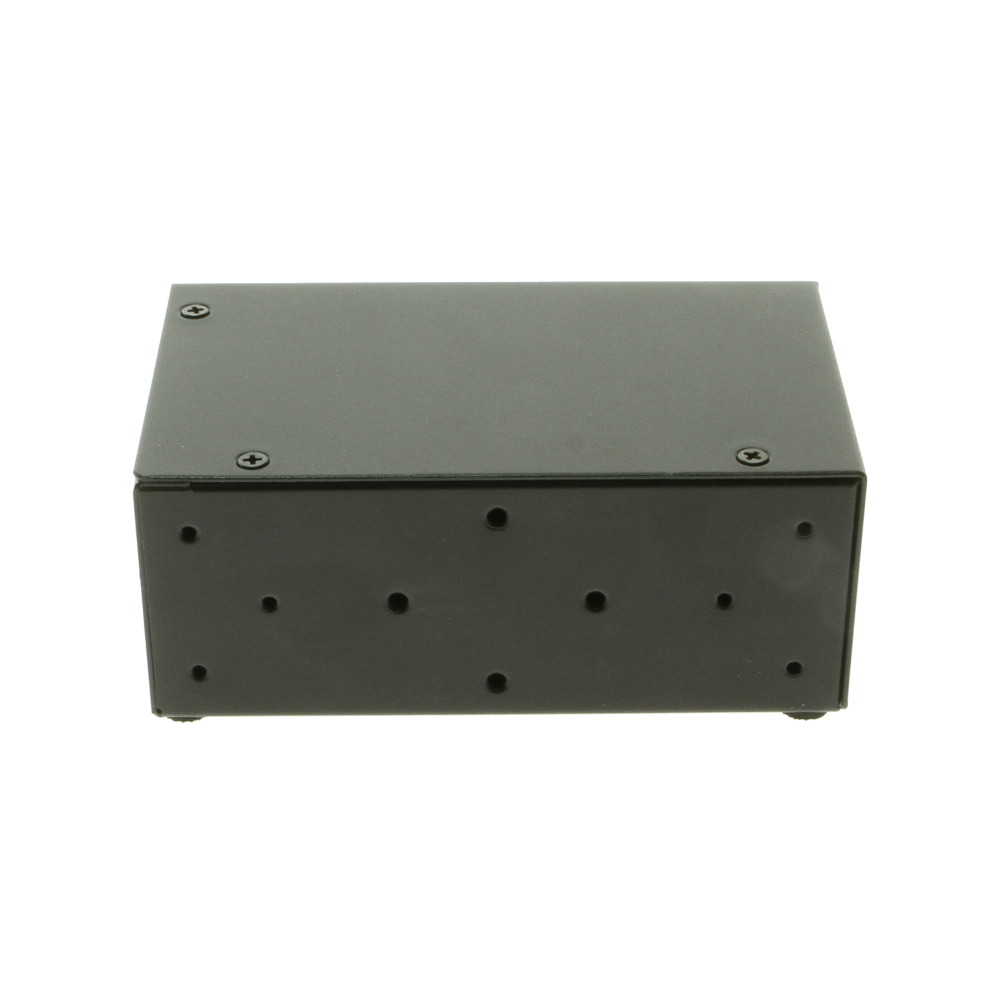
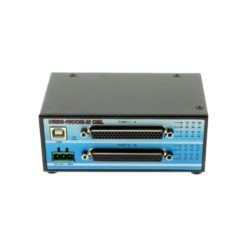
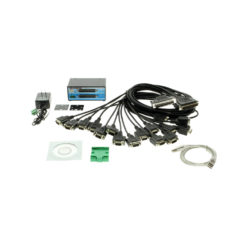
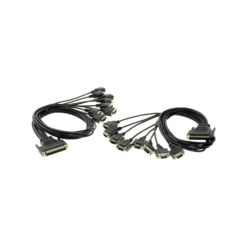
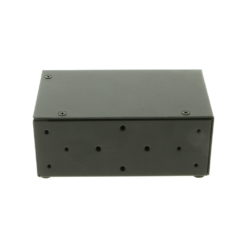
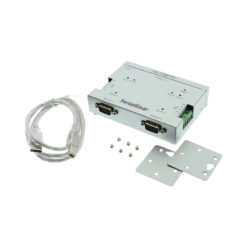
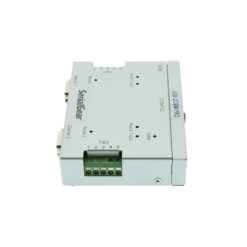
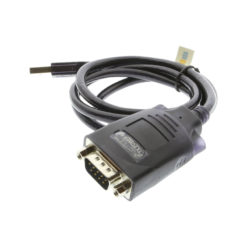
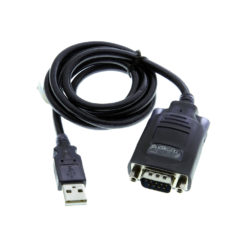
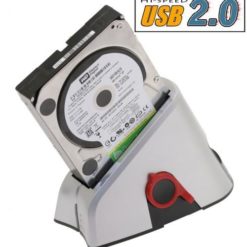
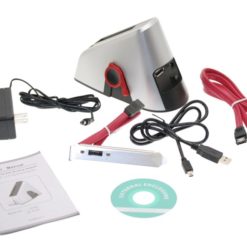
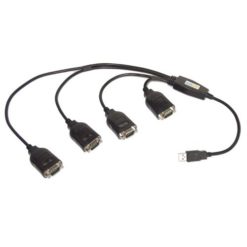
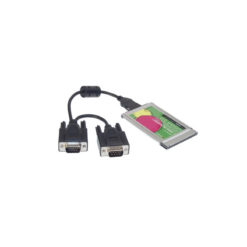
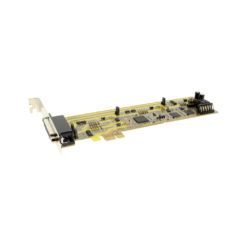
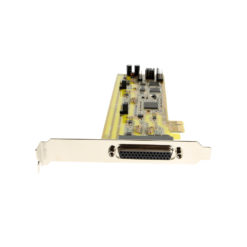

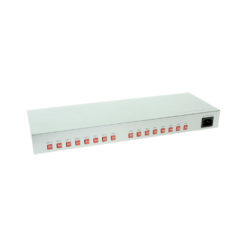
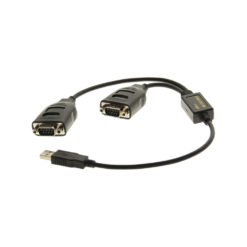
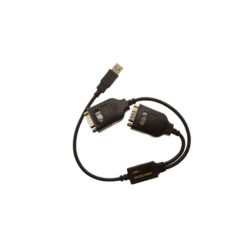
Reviews
There are no reviews yet.